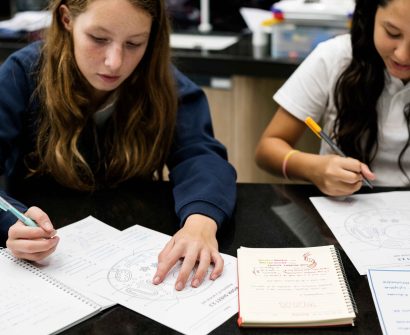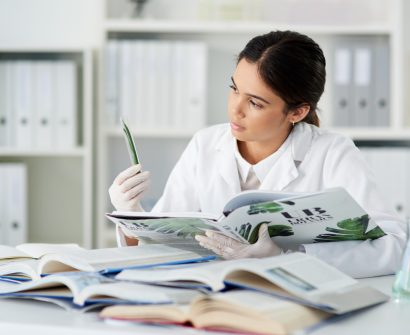Currently Empty: £0.00

Introduction
Specification point 1.6 in GCSE Biology isn’t just about memorising steps — it’s about understanding how to handle practical work confidently. You’ll need to describe how to prepare a slide, use a microscope correctly, and identify potential risks in the lab.
Questions related to this point often link to others like 1.1, 1.2, 1.3, 1.4, 1.5, and parts of Topic 2. That means mastering this section gives you an edge in multiple areas of the exam.
How to Prepare a Slide (Common 3–4 Mark Question)
This is a very common exam question. Make sure you’ve memorised the following method:
- Add a drop of water to the centre of a microscope slide.
- Place a thin layer of tissue on the slide (e.g. onion skin).
- Add a few drops of iodine solution to stain the tissue.
- Carefully place the coverslip on top to avoid air bubbles.
Each step is usually worth one mark. Be specific with terms like “stain”, “tissue”, and “coverslip”.
Sounds Great then what you are waiting for?
How to Use a Light Microscope
Using a microscope comes up just as often and must be described in the correct order:
- Place the slide on the microscope stage.
- Select the lowest power objective lens.
- Use the coarse focus wheel to bring the image roughly into focus.
- Switch to a higher power lens to increase magnification.
- Use the fine focus wheel to bring the image into sharp focus.
This process links well with topics involving magnification and resolution — especially spec point 1.3.
Practical Risks and How to Reduce Them
Because this is a core practical, examiners may also test your understanding of risk assessment. Know these two key risks:
1. Iodine Solution (Chemical Hazard)
- Can cause skin irritation or allergic reactions.
- Wear gloves or wash skin immediately if contact occurs.
- Clean up any spills from the desk quickly and safely.
2. Sharp Instruments (e.g. Scalpels)
- Can cause cuts if used incorrectly.
- Always cut away from your body on a cutting board.
- Cover blades when not in use.
Mentioning both the risk and precaution is key to securing full marks.
Sample Exam Question: Slide Preparation
Q: Describe how to prepare an onion slide for observation under a microscope.
Model Answer:
- Add a drop of water to the slide.
- Place a thin piece of onion tissue on the slide.
- Add a few drops of iodine solution to stain the cells.
- Carefully place the coverslip on top.
Mark Scheme Breakdown:
You would gain marks for the water, the tissue, the stain, and the coverslip — all four steps = full marks.
Sample Exam Question: Using a Microscope
Q: Describe how to use a light microscope to view a specimen clearly.
Model Answer:
- Place the slide on the stage and select the lowest power objective lens.
- Turn the coarse focus wheel to bring the image roughly into view.
- Switch to a higher power lens.
- Turn the fine focus wheel to bring the image into clear focus.
Mark Scheme Breakdown:
Marks would typically be awarded for use of the coarse and fine focus wheels, and for understanding lens selection. Again — full marks possible if explained clearly.
Why Past Paper Practice Matters
Looking at past papers and mark schemes does two things:
- Shows you exactly how examiners phrase questions and assign marks.
- Helps you avoid writing too much or missing key terms.
Memorising processes is useful, but understanding what the examiner expects is what gets you those last few marks — which could mean the difference between a Grade 6 and a Grade 7.
Final Word
Don’t treat this topic as ‘just a practical.’ It’s packed with simple marks that many students overlook. By learning the method for slide preparation, microscope use, and basic risk control, you can secure easy wins across multiple questions — especially when they’re linked with other spec points.








